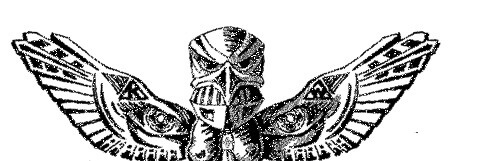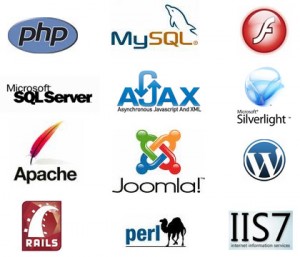Inhalt
Useful links, references and tools for wordpress, html, css, html, php and web developement
-
You want visitors?
Get traffic to your site. Be listed in the search results on Google, Bing and Yahoo. The useful links and tools on this page can help you. Check our useful links to find things to increase traffic. Traffic comes when the site is nice, made with love and full of information for others.
-
Need to know why visitors came to your site?
Understanding why people came to your website will help you understand what part of your site to focus on if you want to increase traffic.
-
Improve your site and your visitors experience.
Find out which parts and items of your website to adjust will help take the anxiety out of constant changes Use the tools listed here to scan sites and find the right work items for you.
-
Find out what areas to expand and put more detail in on your website.
Research tools and other useful links are just one click away and we asure you they can help you understand exactly what people are searching for.
☛ Checkdomain WordPress Link-Tipps
☛ Screenshots machen, speicher, editieren und versenden
☛ Make Use Of (Internet Topics & Tools)
☛ Google Adwords Keyword Planner
☛ Jekyll, static html sites easy and fast
☛ Hackertarget, WordPress Security Analysis
☛ Screenfly, test webdesign on different screensizes
☛ Backpackerinsight, Tips for travelers and backpackers
CSS
Long time ago when the style of a website must be defined inside pure HTML, web developer experienced nightmares like coding each <font> tag in every single web page. Thus, CSS (Cascading Style Sheets) comes to bring the salvation to lost web designer. Useful links on this page and knowledge of CSS allows you to style your website’s appearance with one or more external file, which saves a lot of your work and make your code management easier than never before.
HTML (from wikipedia)
HTML or HyperText Markup Language is the standard markup language used to create web pages. As this site is the standard ‚useful link tank‘ for my daily work.
HTML is written in the form of HTML elements consisting of tags enclosed in angle brackets (like <html>). HTML tags most commonly come in pairs like <h1> and </h1>, although some tags represent empty elements and so are unpaired, for example <img>. The first tag in a pair is the start tag, and the second tag is the end tag (they are also called opening tags and closing tags).
The purpose of a web browser is to read HTML documents and compose them into visible or audible web pages. The browser does not display the HTML tags, but uses the tags to interpret the content of the page. HTML describes the structure of a website semantically along with cues for presentation, making it a markup language rather than a programming language.
HTML elements form the building blocks of all websites. HTML allows images and objects to be embedded and can be used to create interactive forms. It provides a means to create structured documents by denoting structural semantics for text such as headings, paragraphs, lists, links, quotes and other items. It can embed scriptswritten in languages such as JavaScript which affect the behavior of HTML web pages.
Web browsers can also refer to Cascading Style Sheets (CSS) to define the look and layout of text and other material. The W3C, maintainer of both the HTML and the CSS standards, encourages the use of CSS over explicit presentational HTML. You find useful links on this page about html and tipps working with it.
PHP (from php.net)
Instead of lots of commands to output HTML (as seen in C or Perl), PHP pages contain HTML with embedded code that does „something“ (in this case, output „Hi, I’m a PHP script!“). The PHP code is enclosed in special start and end processing instructions <?php and ?> that allow you to jump into and out of „PHP mode.“
What distinguishes PHP from something like client-side JavaScript is that the code is executed on the server, generating HTML which is then sent to the client. The client would receive the results of running that script, but would not know what the underlying code was. You can even configure your web server to process all your HTML files with PHP, and then there’s really no way that users can tell what you have up your sleeve.
The best things in using PHP are that it is extremely simple for a newcomer, but offers many advanced features for a professional programmer. Don’t be afraid reading the long list of PHP’s features. You can jump in, in a short time, and start writing simple scripts in a few hours.
Although PHP’s development is focused on server-side scripting, you can do much more with it. Read on, check if you find some useful links and see more in the What can PHP do? section, or go right to the introductory tutorial if you are only interested in web programming.



